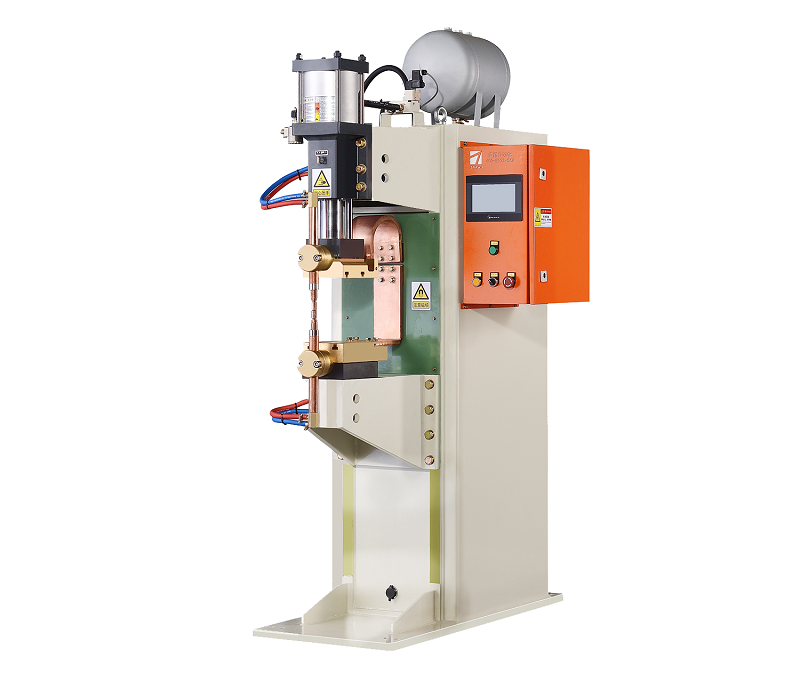Considerations for Designing Fixtures for Medium Frequency Spot Welders?
Designing fixtures for medium frequency spot welders is a crucial aspect of ensuring accurate and consistent welds in various industries. These fixtures hold the workpieces in place during the welding process and directly impact the quality of the final product. In this article, we will delve into the key factors that need to be considered when designing fixtures for medium frequency spot welders.

- Alignment and Positioning: Proper alignment and positioning of the workpieces are essential to achieve precise welds. Fixtures must be designed to securely hold the parts in the correct orientation, ensuring that the weld is applied at the intended location.
- Clamping Mechanism: The clamping mechanism of the fixture should provide sufficient force to hold the workpieces in place during the welding process. It’s important to balance the clamping force to prevent deformation of the materials while maintaining a stable welding setup.
- Accessibility: The design of the fixture should allow easy loading and unloading of the workpieces. Operators should be able to position the parts quickly and accurately, minimizing downtime between welds.
- Heat Dissipation: Welding generates heat, which can affect the fixture and the workpieces. The fixture design should incorporate features that help dissipate heat to prevent overheating and potential damage to the materials.
- Material Compatibility: The materials used in the fixture should be compatible with the workpiece materials and the welding process. The fixture materials should have good thermal conductivity and mechanical strength to withstand the welding conditions.
- Electrical Isolation: As welding involves electrical currents, it’s crucial to ensure that the fixture materials are electrically insulated to prevent unintended arcing or short circuits.
- Replaceable Components: Some parts of the fixture, such as electrode holders or contact points, might experience wear over time. Designing these components to be easily replaceable can extend the fixture’s lifespan and reduce maintenance costs.
- Flexibility for Different Workpieces: Fixtures should be adaptable to accommodate various workpiece shapes, sizes, and configurations. This flexibility can increase the versatility of the spot welder and its applicability to different projects.
- Cooling Mechanism: Incorporating a cooling mechanism, such as water channels or cooling fins, can help maintain stable welding conditions and prevent excessive heat buildup in the fixture.
- Safety Measures: Safety is paramount in any industrial process. The fixture design should consider operator safety by minimizing exposure to high temperatures, electrical components, and moving parts.
- Accuracy and Reproducibility: The fixture should ensure consistent results across multiple welds. Precise positioning and alignment are necessary for producing identical welds on identical parts.
- Integration with Welder Controls: In some advanced systems, fixtures can be integrated with the welder’s control system. This integration allows for synchronized operation and can streamline the welding process.
In conclusion, the design of fixtures for medium frequency spot welders plays a vital role in achieving high-quality and consistent welds. By carefully considering factors such as alignment, clamping, material compatibility, safety, and flexibility, manufacturers can optimize the welding process and produce reliable welded products. A well-designed fixture enhances efficiency, reduces errors, and contributes to the overall success of the welding operation.